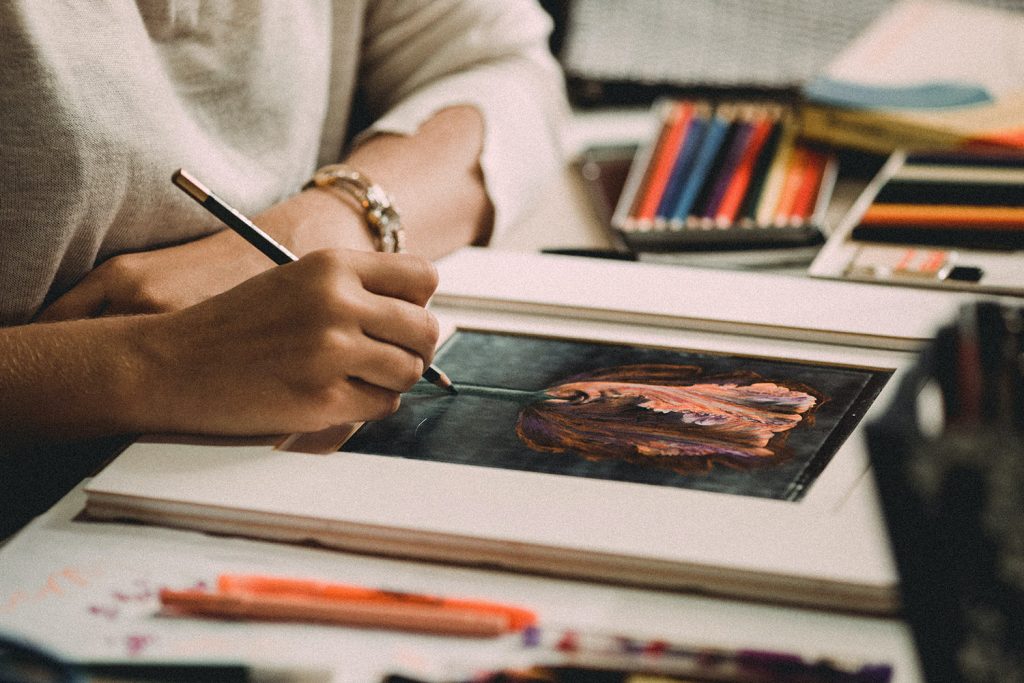In 1944, psychologists Fritz Heider and Marianne Simmel ran an experiment. They showed a basic stop-motion presenting two triangles and a circle moving around the frame, in and out of a rectangle. When asked to describe what they’d seen, 97% of participants interpreted it as a narrative. The film appears in Life in a Different Resolution, a spellbinding retrospective of artistic duo Random International, spanning nearly two decades of practice. On display at Amsterdam’s Nxtmuseum, the Heider-Simmel animation says something wonderful about humans. Not only does the film prove we are innate storytellers, it demonstrates our profound capacity for empathy, even for the most simple geometric forms.
And yet there is a troubling flipside to our instinctive anthropomorphism. A narcissism. A dangerous naivety. This survival instinct, something we evolved to help us make sense of our surroundings, could very well lead us to mistakenly place too much trust in machines. If there is a single take away from Life in a Different Resolution, this is it. Our relationship with tech is complex. Not to be taken for granted. “For me, it was interesting to have it early in the exhibition,” says curator Bogomir Doringer, prompting visitors to “constantly reflect on how they look at things, almost catching themselves in this process.”

Across multiple darkened spaces, the exhibition takes us on a dazzling journey through the Random International’s postdigital universe. Artworks such as Swarm Study / XIII (2018) look at how schools, flocks and crowds behave collectively, whilst others draw attention to the way we see machines and the way they “see” us. “We increasingly live together with machines, with mobile phones, with computers, with AI,” says Nxtmuseum founder and director Merel van Helsdingen. “These works ask how we constantly want to see human elements in machines, we want to see consciousness, we want to see human figures.”
French psychoanalyst Jacques Lacan talked about the “Mirror Stage” as the moment when an infant recognises themselves in their reflection. It’s a moment when we become self-aware whilst also realising the gap between our physical bodies and our self-image. After this stage, we find fulfilment of our selves through the gaze of others. This is has only amplified in the age of social media and hyper surveillance. In the first room, visitors are greeted by Presence and Erasure (2019), an installation which deploys multiple cameras around the gallery space. Scanning the faces of visitors, they create portraits in real-time, printing them on a large scale by exposing a photochromic surface to light impulses. Like much of the work here, the piece is both playful and ominous, a reminder that to delight in our own image means sacrificing privacy.


Fifteen Points / II (2019) by contrast, explores our ability to identify the human form in 15 points of light. Created by a non-humanoid robot, the illusion highlights how we inscribe attributes to subtle behavioural markers. When positioned in order and animated in a particular way, the robotically steered points of light make up the form of a walking person. By tweaking the speed or the gait of the projected figure, the form can appear aggressive, friendly or even more conventionally masculine or feminine. It’s a piece that reveals the mental shorthand that we use socially, using first impressions to make assumptions. More than this, it’s a piece that asks questions about the shortcomings of categorisation, prompting viewers to hold back their preconceptions and pay closer attention to a nuanced and evolving world around them.
Ecologist David Abram coined the term “more than human” to describe natural forms beyond our species. Just this year, global leaders gathered at Bletchley Park for the first ever AI Summit, in a conference that considered the risks and benefits posed by developing AI models. The topic is an ongoing point of contention and conversation; one that has inevitably fed into the creative industry, from the winning AI-generated image of the Sony World Photography Awards, to the use of AI in campaigns by Valentino and Gucci. In light of this, Random International are trying to “dial down” the heat of black-and-white debates, says Koch, to “find the midtones.” By inviting elements of play into their creative process and interactivity of their work, they can push our thinking about the big questions of tech even further. Koch articulates a practice that values multiple forms of intelligence, “so that we don’t only have an intellectual response, but can feel our way into it. Like sci-fi literature, it is a way to build our vision of the future.”

To flourish in a high tech future, we need to recognise how non-organic machines operate. Random International’s art poses questions that will help us feel our way through that uncertainty. Their work opens up an “imaginary space”, as Doringer says, where we can play and consider what pathways might lie ahead. She adds, “When you are in the Living Room, it can feel extremely invasive. Like you’re not experiencing shafts of light at all but are in a cage. But what you have to remember is that the installation is fully programmed by Random International. How we work with technology is in our hands as humans. ” Koch concurs: “We need a more refined, more human-centric vision of how things should be.” She expresses an important sentiment: we are still the ones in control. It’s up to us to keep it that way.
Random International: Life in a Different Resolution | Until 30 June 2024
Words: Rachel Segal Hamilton
Image Credits:
Our Future Selves(2019) by Random International with sound by Signe Lykke–exhibited in ‘Life in a DifferentResolution’ at Nxt Museum, The Netherlands. Image courtesy Riccardo De Vecchi.
Our Future Selves(2019) by Random International with sound by Signe Lykke–exhibited in ‘Life in a DifferentResolution’ at Nxt Museum, The Netherlands. Image courtesy Riccardo De Vecchi.
Swarm Study (Glass) / I(2017) by Random International with sound by Mamiko Motto–exhibited in ‘Life in a DifferentResolution’ at Nxt Museum, The Netherlands. Image courtesy Riccardo De Vecchi.
Swarm Study (Glass) / I(2017) by Random International with sound by Mamiko Motto–exhibited in ‘Life in a DifferentResolution’ at Nxt Museum, The Netherlands. Image courtesy Riccardo De Vecchi.
Fifteen Points (2019) by Random International with sound by Chihei Hatakeyama–exhibited in ‘Life in a DifferentResolution’ at Nxt Museum, The Netherlands. Image courtesy Riccardo De Vecchi.




